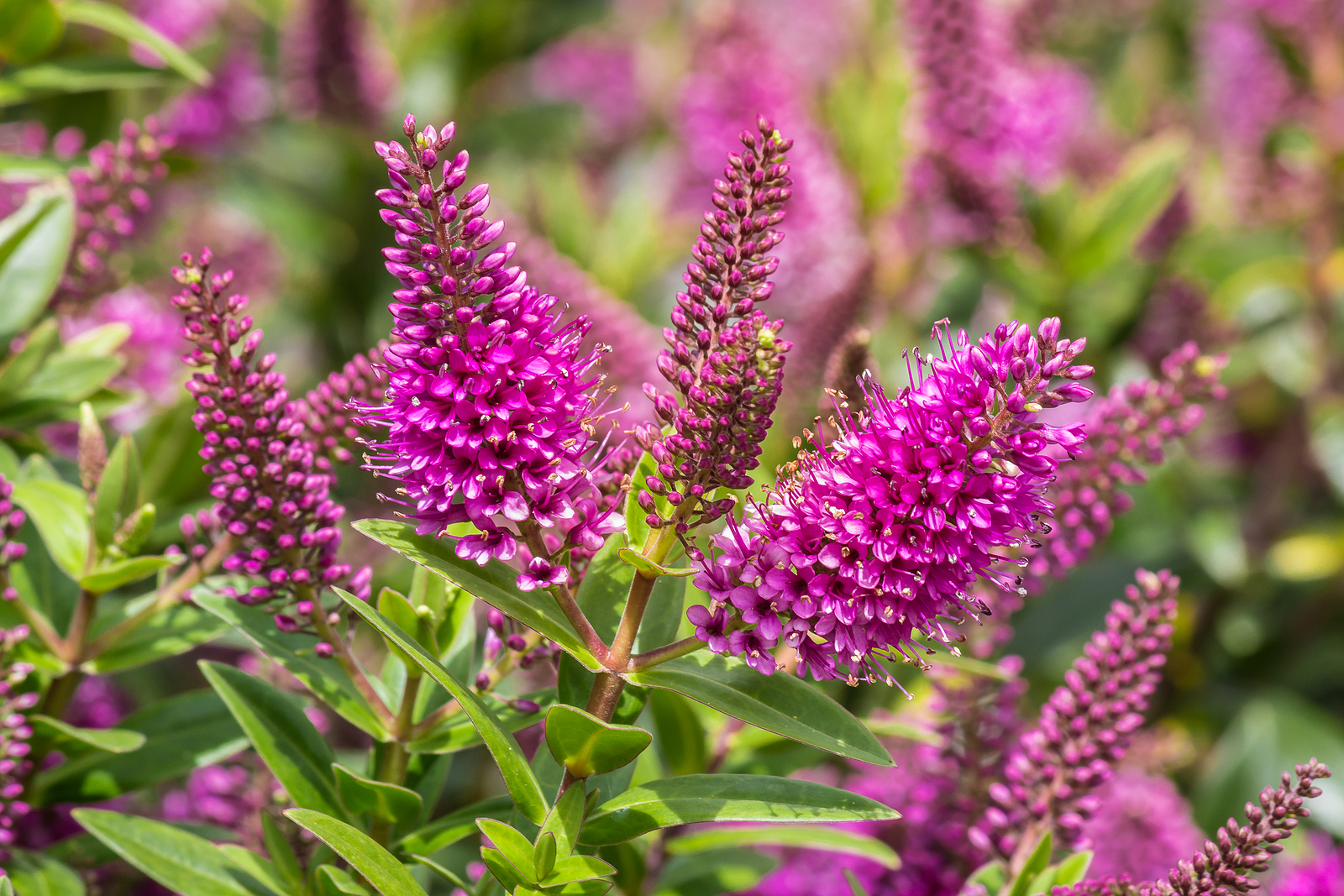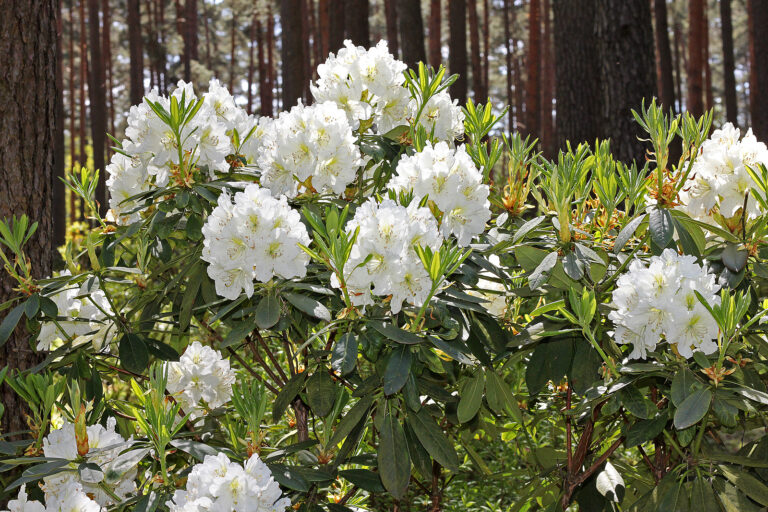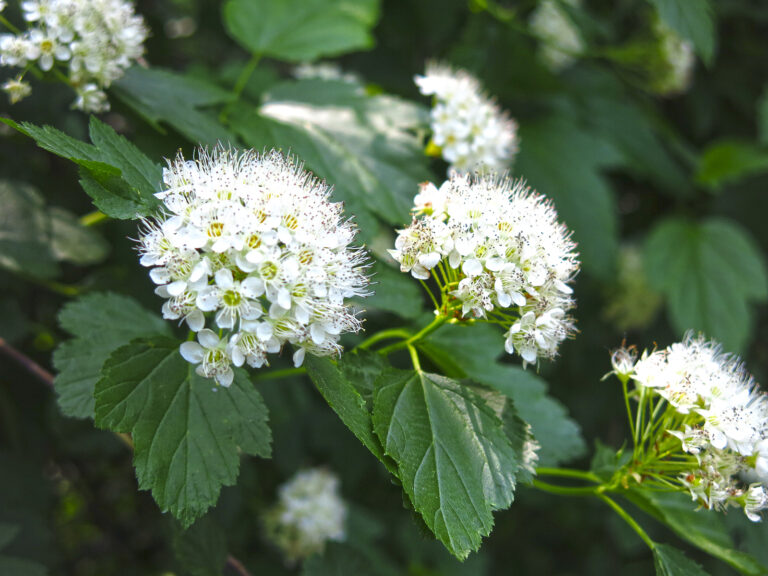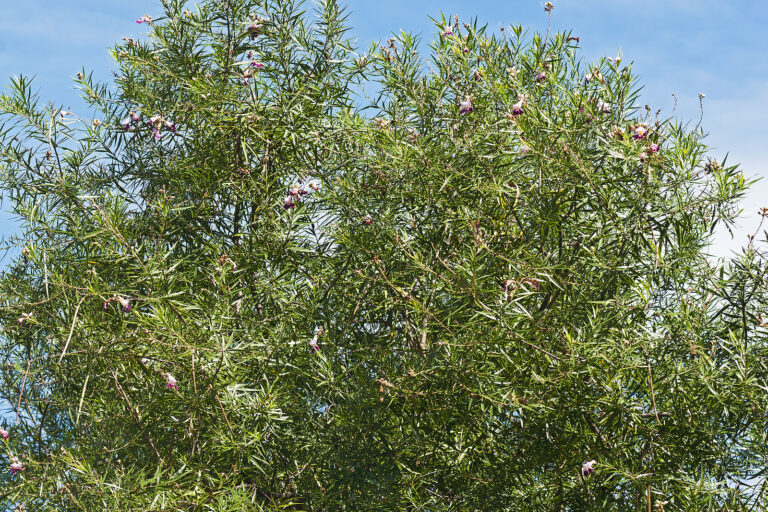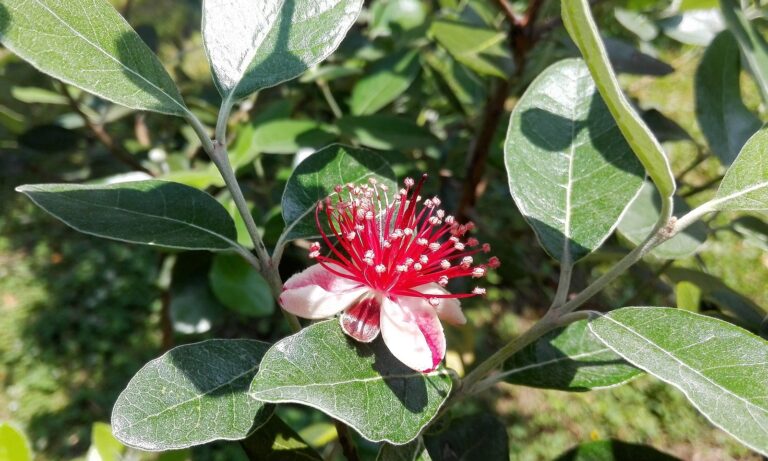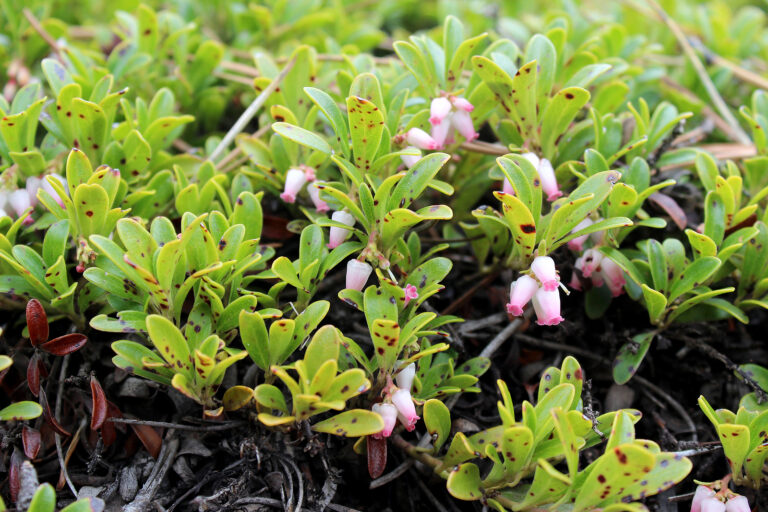How to Grow and Care for Hebe – Veronica
Hebe, commonly called Veronica, is a versatile and ornamental evergreen shrub, is native to New Zealand, French Polynesia, the Falkland Islands, and South America. It belongs to the Plantaginaceae family and consists of about 90 species, ranging from low-growing ground cover plants to medium-sized shrubs reaching 5 to 6 feet tall. The hebe plant showcases vibrant foliage in shades of green, grey, or variegated colors, along with distinctive flower spikes that bloom in a variety of colors, such as purple, pink, white, or blue. Flowering typically occurs from summer to fall, adding long-lasting color to the garden.
Hebes are popular in gardens due to their aesthetic appeal and ability to attract pollinators like bees and butterflies. They are commonly used in mixed borders, rock gardens, coastal gardens, and containers, and they thrive in various conditions, making them a versatile choice for gardeners. The plant is also drought-tolerant once established, making it suitable for xeriscaping and low-maintenance gardening.
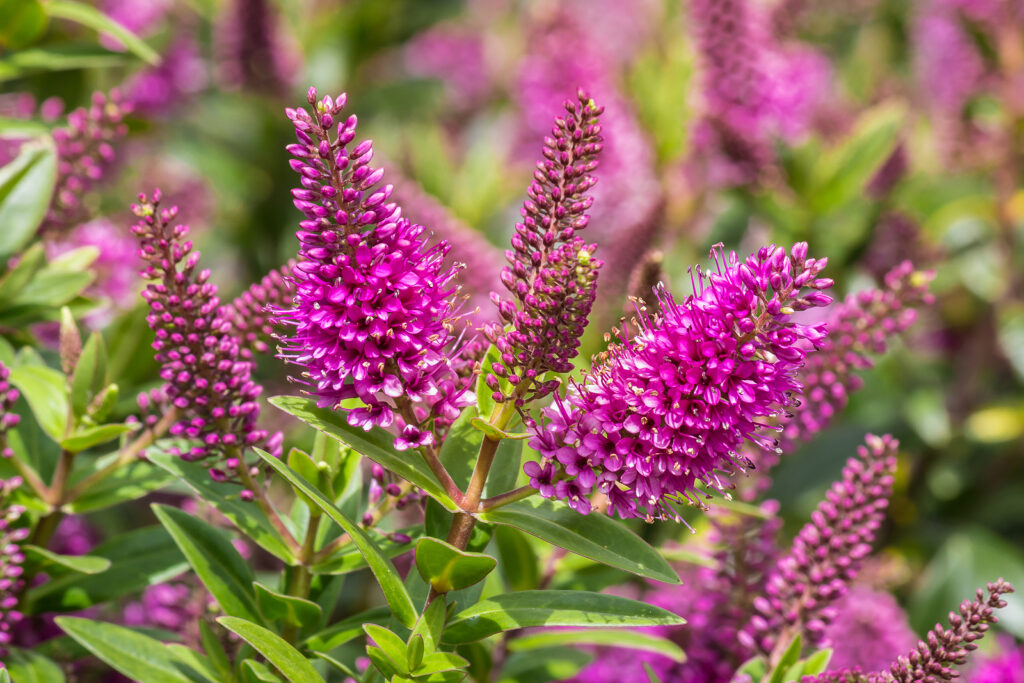
Growing Hebe: Step-by-Step Guide
Hebe Varieties to Grow
Here are some popular varieties:
- Hebe ‘Autumn Glory’: A compact shrub with dark green leaves and purple-blue flowers.
- Hebe ‘Emerald Gem’: A low-growing variety with small, rounded leaves, perfect for ground cover.
- Hebe ‘Red Edge’: Known for its grey-green leaves with a red edge, which become more vibrant in cold weather.
- Hebe ‘Midsummer Beauty’: A taller variety that produces mauve flowers in the summer.
- Hebe ‘Andersonii’: A larger variety with purple flowers, often used for hedging.
Consider the mature size, flower color, and leaf characteristics when choosing a variety, as different hebes can serve various roles in the garden.
Where to Plant Hebe
Hebes are adaptable but will thrive in specific conditions:
- Sunlight: Hebes prefer full sun to partial shade. The more sunlight they receive, the more vibrant their flowers will be. In hotter climates, some afternoon shade can help protect the leaves from sunburn.
- Soil: Well-drained soil is essential. Hebes are not overly fussy about soil pH, growing well in both slightly acidic and neutral soils. If your garden soil is heavy clay or poorly draining, amending it with organic matter or grit will help improve drainage.
- Climate: While hebes are generally hardy, some varieties can be more frost-sensitive than others. In colder regions, choose hardier varieties or provide winter protection, such as a layer of mulch around the base or covering the plant with a frost cloth.
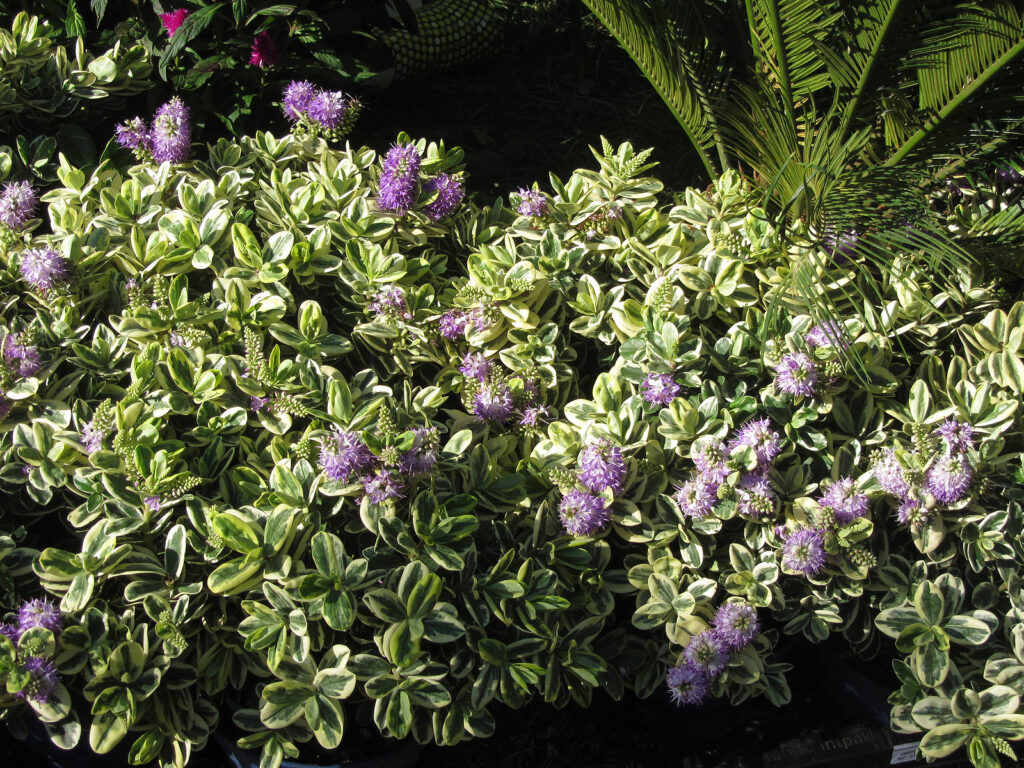
Planting Hebe
- Timing: Plant hebes in the spring or fall when the soil is warm. This gives them time to establish their roots before extreme temperatures arrive.
- Planting Technique:
- Dig a hole twice the size of the root ball.
- Mix some compost or well-rotted manure into the bottom of the hole to boost nutrients.
- Place the plant in the hole, ensuring the top of the root ball is level with the surrounding soil.
- Backfill the hole and gently firm the soil around the base.
- Water thoroughly to settle the soil.
Caring for Hebe
- Watering: Hebes need regular watering during the first few months after planting to establish roots. Once established, they are fairly drought-tolerant but will benefit from occasional watering during dry spells.
- Fertilizing: While hebes are not heavy feeders, a light application of balanced fertilizer in the spring will encourage growth and flowering. Avoid over-fertilizing, as this can make the plant leggy.
- Pruning: Prune hebes lightly in early spring to remove dead or damaged branches and maintain their shape. Some varieties can be pruned after flowering to encourage a second bloom. Be careful not to cut back too harshly into old wood, as hebes may not regenerate well.
- Mulching: Apply a layer of organic mulch around the base in spring to conserve moisture and suppress weeds. Mulching can also provide some frost protection in winter.
Propagating Hebe
Hebes can be propagated through cuttings, making it easy to increase your collection:
- Softwood Cuttings: Take cuttings from new growth in late spring to early summer.
- Semi-ripe Cuttings: Take cuttings from partially mature stems in late summer.
- Dip the cuttings in rooting hormone and plant them in a pot filled with a mix of compost and sand.
- Place the pots in a sheltered spot with indirect light. Keep the soil moist but not waterlogged.
- Once rooted, transplant the cuttings into the garden or larger pots.
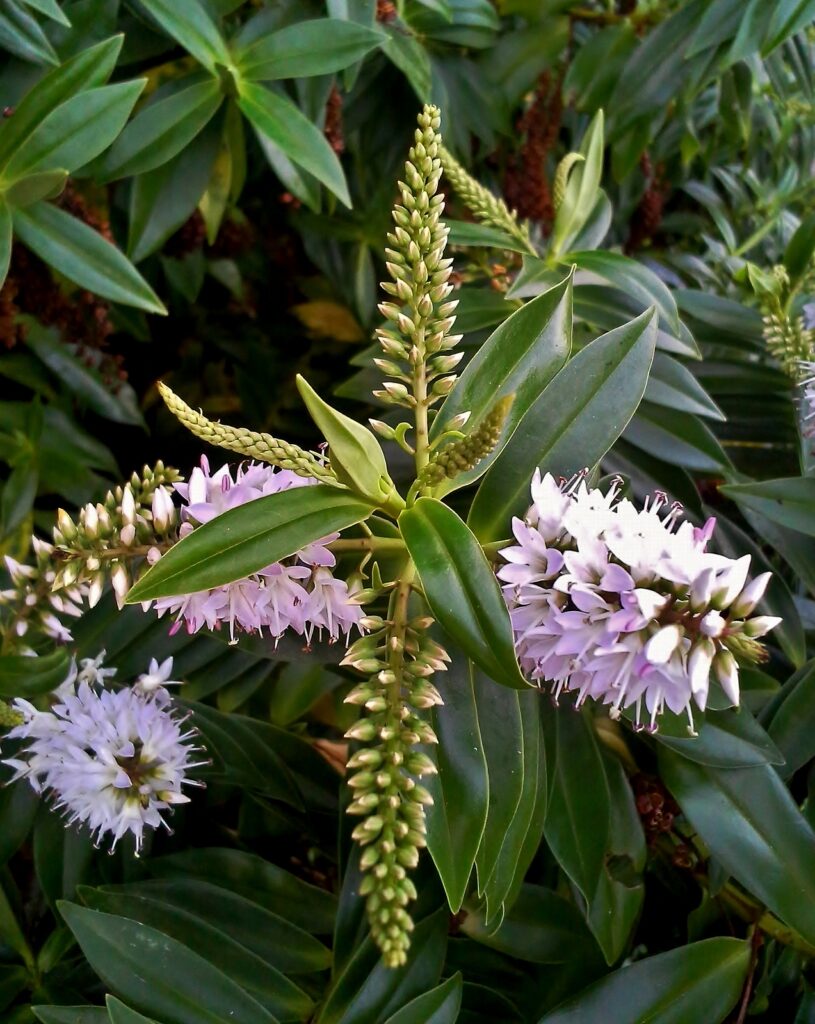
Using Hebe in the Garden
Mixed Borders and Shrubbery
Hebe’s colorful foliage and flowers make it an ideal choice for mixed borders. Its evergreen nature ensures year-round interest, and its compact growth habit works well as a filler plant or to create contrast against larger shrubs. Pair hebe with other shrubs like lavender, rosemary, or heather for a harmonious blend of textures and colors. You can use taller hebe varieties at the back of a border and smaller, ground-cover types in the front.
Rock Gardens
Low-growing hebe varieties are excellent additions to rock gardens, where they provide year-round color and texture. The plant’s ability to thrive in well-drained, gritty soil conditions makes it a perfect companion for other rock garden plants such as sedum, alpine asters, and dwarf conifers. Its evergreen foliage softens the hard edges of rocks while the flowers add seasonal interest.
Coastal Gardens
Hebe is particularly suitable for coastal gardens due to its tolerance for wind and salt. The dense foliage helps protect against harsh sea breezes, and the plant’s low-maintenance nature aligns with the needs of coastal environments. Use hebe to create informal hedges, windbreaks, or as a structural element in coastal planting schemes, alongside other hardy coastal plants like sea thrift and coastal grasses.
Container Planting
Growing hebe in containers allows you to move the plant around to suit different garden designs or bring it indoors during harsh winters. Choose a pot with drainage holes and fill it with a well-draining soil mix. Water regularly and provide a light feed during the growing season. Hebe in containers can be used to decorate patios, balconies, or entrances, adding color and greenery to small spaces.
Hedging and Ground Cover
Certain hebe varieties can be used as low-growing hedges or ground cover. For small hedges, use varieties like Hebe ‘Andersonii’ or Hebe ‘Red Edge’, which can be lightly pruned to maintain shape. Ground-cover varieties, such as Hebe ‘Emerald Gem’, are effective at suppressing weeds and covering bare soil. The dense foliage prevents soil erosion, making hebe suitable for slopes and banks.
Benefits of Hebe
Wildlife-Friendly
Hebes attract pollinators such as bees and butterflies, contributing to the health of your garden ecosystem. The long blooming season provides a reliable nectar source, making it a valuable plant for wildlife gardens. In addition to pollinators, hebe can offer shelter to small birds and insects due to its dense growth.
Low Maintenance
Once established, hebe requires minimal care. Its drought tolerance and general pest resistance make it ideal for gardeners looking for an easy-to-grow plant. Occasional pruning and feeding are usually sufficient to keep hebe looking its best.
Year-Round Interest
The evergreen foliage of hebe ensures your garden remains vibrant even during winter. Some varieties display unique color changes in their leaves, especially during colder months, adding seasonal appeal.
Versatile Design Uses
Hebe’s adaptability means it can fit into various garden designs, from formal layouts to informal cottage gardens. It can be shaped into hedges, used as a focal point, or planted in mass for dramatic effect. The variety in leaf colors and textures also allows for creative combinations in planting schemes.
Common Problems and Solutions
Fungal Diseases: Hebes can occasionally be affected by powdery mildew or root rot, especially if grown in poorly draining soil. To prevent these issues, ensure the plant is in well-drained soil and avoid overhead watering. If you notice signs of powdery mildew, trim affected foliage and use a fungicide if necessary.
Pests: While hebes are relatively pest-resistant, aphids and spider mites may appear. Regularly inspect the plant, and if pests are detected, treat with insecticidal soap or neem oil.
Winter Damage: In colder climates, frost can damage hebe foliage. Mulching around the base or using a frost cloth can help protect the plant during winter. If frost damage occurs, wait until spring to trim back affected branches to allow new growth to emerge.
Summary
Hebe is a versatile and attractive plant that brings both aesthetic and ecological benefits to the garden. With its variety of forms, colors, and sizes, it fits seamlessly into many garden settings, from mixed borders to rock gardens. Growing and caring for hebe is straightforward, making it suitable for both beginner and experienced gardeners. By choosing the right variety and providing the appropriate growing conditions, you can enjoy the year-round beauty and low-maintenance qualities that make hebe a beloved choice in garden design. Whether you aim to attract wildlife, create a

